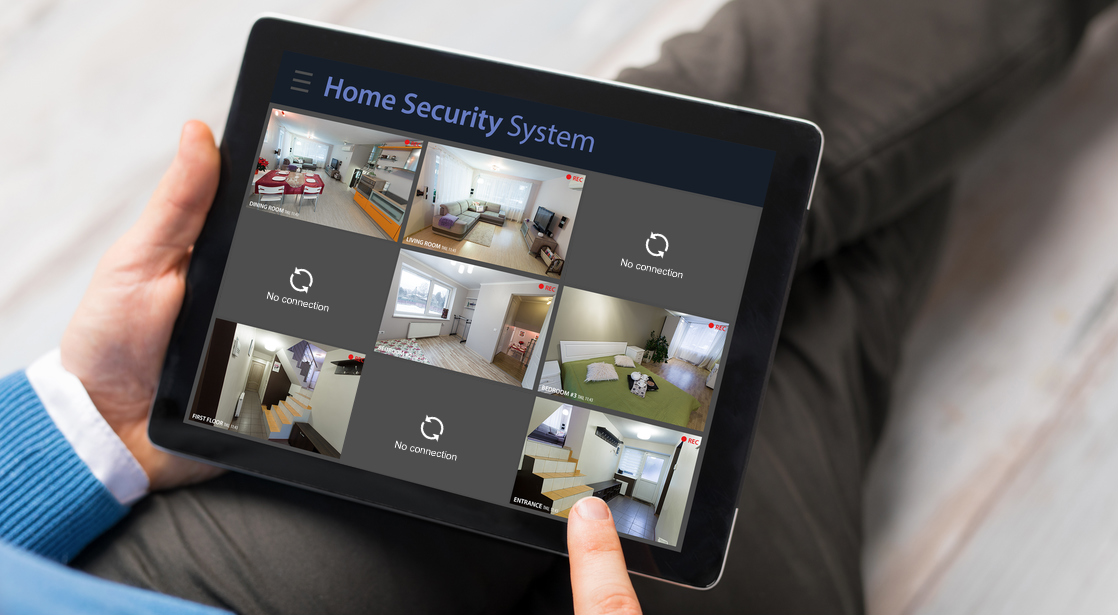
Effortless Living: Home Virtual Assistant Setup
In the era of smart homes, a Home Virtual Assistant Setup stands at the forefront, offering a seamless and intuitive way to interact with your living space. This article explores the capabilities, advantages, and transformative impact of setting up a virtual assistant in your home.
The Rise of Virtual Assistants
Virtual assistants have become integral to modern living, and their presence in homes is continually growing. These AI-powered systems, such as Amazon Alexa, Google Assistant, and Apple’s Siri, are designed to understand natural language commands and perform various tasks. Setting up a virtual assistant in your home marks the beginning of a more connected and automated lifestyle.
Home Virtual Assistant Setup – Explore the convenience of virtual assistants at coexist-art.com. Discover advanced setups that redefine how you interact with your smart home.
Centralized Control and Automation
A key benefit of a Home Virtual Assistant Setup is its role as a centralized control hub for your smart devices. By integrating with various smart home devices, from lights and thermostats to security cameras and smart locks, the virtual assistant becomes a unified interface. This centralized control allows users to automate routines, control devices with voice commands, and create a cohesive smart home ecosystem.
Voice-Activated Convenience
The hallmark feature of virtual assistants is their voice-activated functionality. With a simple voice command, users can control a multitude of devices, ask for information, set reminders, or even play music. This hands-free convenience not only enhances accessibility but also adds a layer of futuristic interaction to your home, making tasks as simple as speaking a command.
Smart Home Device Compatibility
A crucial aspect of a Home Virtual Assistant Setup is its compatibility with a wide range of smart home devices. Whether you have smart lights, smart thermostats, or smart plugs, a well-integrated virtual assistant can seamlessly connect and control these devices. This compatibility ensures that your virtual assistant becomes the central point of access for managing your entire smart home infrastructure.
Customizable Home Automation Routines
Setting up a virtual assistant allows users to create customized home automation routines. These routines are sequences of actions triggered by a single voice command. For example, a “Good Morning” routine can turn on the lights, adjust the thermostat, and provide a weather update—all initiated by a simple vocal instruction. This level of customization enhances efficiency and tailors your smart home to your daily routines.
Entertainment Control at Your Fingertips
Beyond home automation, virtual assistants excel at entertainment control. Whether you’re looking to play your favorite music, control your smart TV, or even set up a multi-room audio experience, the virtual assistant serves as a versatile tool for managing your home’s entertainment systems. With voice commands, you can effortlessly navigate through playlists, adjust volume, and explore a world of entertainment.
Integration with Third-Party Apps and Services
Virtual assistants thrive on their ability to integrate with third-party apps and services. This extends their functionality beyond the default features, allowing users to order food, request rides, or even control devices that fall outside the brand ecosystem of the virtual assistant. This integration flexibility adds layers of convenience to daily tasks.
Enhanced Security Features
A Home Virtual Assistant Setup can contribute to home security. By integrating with smart security devices, such as cameras and doorbell systems, the virtual assistant can provide real-time updates on security status. Users can check camera feeds, lock doors, or receive alerts—all through voice commands, offering an additional layer of control and peace of mind.
Continuous Learning and Adaptability
Virtual assistants are designed to continuously learn and adapt to users’ preferences and habits. Through machine learning algorithms, these systems become more attuned to individual voices, speech patterns, and preferences over time. This adaptability ensures a more personalized and responsive experience as the virtual assistant learns to anticipate user needs.
Privacy Considerations and Voice Recognition Security
As with any technology, privacy considerations are paramount. Most virtual assistants come equipped with features like voice recognition security and the ability to customize privacy settings. Voice data is often processed locally on the device or encrypted before transmission, assuring users of a balance between the convenience of virtual assistants and the safeguarding of personal information.
Embracing the Future of Smart Living
In conclusion, a Home Virtual Assistant Setup is not just a technological addition; it’s a gateway to the future of smart living. The convenience, automation, and versatility that virtual assistants bring to your home redefine how you interact with your living space. Explore the possibilities, embrace effortless living, and set up a virtual assistant to usher in a new era of connected homes.





